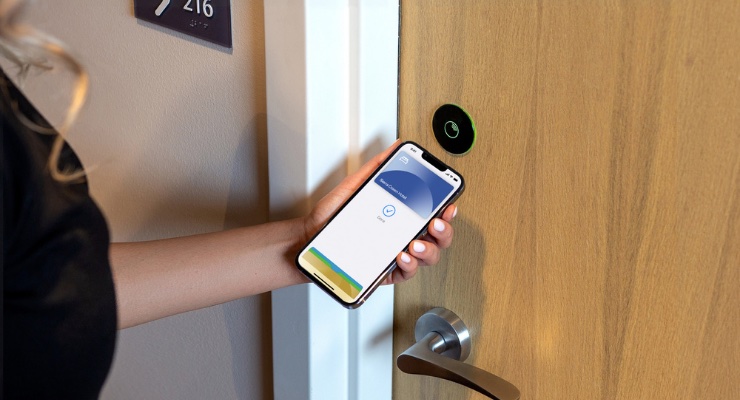Traditional access control methods, often reliant on physical keys or basic card systems, are becoming increasingly inadequate in addressing modern security threats and operational inefficiencies. Upgrading to modern security frameworks, particularly those incorporating advanced access control technology, offers significant benefits.
Understanding Advanced Access Control Technology
Advanced access control technology encompasses systems utilizing state-of-the-art methods to manage and monitor access to physical and digital environments. Key features include:
- Biometric authentication
- Mobile access solutions
- Smart cards
- Cloud-based management
These systems are designed to provide robust security, ease of use, and flexibility. Connected access control systems, in particular, integrate various security components into a cohesive network, offering real-time monitoring, remote access management, and data analytics. Compared to traditional systems, they provide superior scalability, enhanced security, and a more user-friendly experience.
Assessing Your Current Security Framework
Evaluating your current security infrastructure is essential before integrating advanced access control technology. This assessment involves:
- A thorough examination of existing security measures, such as card readers, surveillance cameras, and alarm systems.
- Identifying gaps and areas for improvement to determine how new technologies can enhance overall security.
- Ensuring compatibility so new access control systems can smoothly integrate with existing components for a smooth transition.
- Consider potential upgrades or adjustments to integrate Apple access control into your current setup for full compatibility and optimal performance.
Planning the Integration Process
A well-structured integration process starts with setting clear objectives. Here are the essential steps to ensure a successful integration:
- Define Objectives: Determine what you aim to achieve, such as improving security, enhancing user convenience, or reducing administrative overhead.
- Create a Detailed Integration Plan: Your plan should include timelines, milestones, resource allocation, and risk management strategies.
- Involve Stakeholders: Engage stakeholders from both IT and security teams to address technical and operational challenges.
- Ensure Effective Collaboration: Through effective teamwork and communication, cover all aspects of the integration, from technical implementation to user training and support.
Choosing the Right Access Control System
Selecting the right access control system is a critical decision that can significantly impact the success of the integration. Consider the following key criteria:
- Compatibility with Existing Systems: Ensure the new system effectively integrates with your current security infrastructure.
- Scalability: Pick a system that aligns with your organization’s needs.
- Flexibility: Opt for a solution that can adapt to various use cases and changing requirements.
- Future-Proofing: Select a system that supports future technological advancements and upgrades.
Comparing different access control technologies and vendors is essential to find the best fit for your organization’s needs. For example, Apple access control systems offer easy integration with Apple devices, providing a secure and user-friendly solution. Similarly, other connected access control systems may offer unique features that align with your security goals. Choose a system that supports future expansion and can adapt to evolving security requirements.

Implementation Best Practices
Implementing advanced access control technology requires a methodical approach:
- Preparation and Pre-Implementation Testing: Conduct thorough testing to ensure compatibility and functionality. Test new components with existing systems to identify and resolve issues before full-scale deployment.
- Phased Rollout and Minimizing Disruptions: Implement the new system in phases to minimize operational disruptions. Start with a pilot program in a small area before expanding to other parts of the organization.
- Integration with Existing Security Components: Verify that the new access control system communicates effectively with other security components, such as surveillance cameras and alarm systems. This integration enhances security by providing a structured view of access events and potential breaches.
- Data Security and Compliance: Implement robust data security measures to protect sensitive access control data. Ensure the system complies with relevant regulations and standards to avoid legal and financial repercussions.
Training and Support
Provide necessary training for all users, including administrators, security personnel, and end-users. Offer user manuals, online tutorials, and hands-on training sessions. Establish a support system to address any issues that arise during and after the integration process. Ongoing support and maintenance plans are essential to the long-term success of the new system.
Monitoring and Evaluation
Set up monitoring systems to track performance and security metrics, such as access logs, system health, and security incidents. Regularly evaluate the system through audits and assessments to identify areas for improvement. Use feedback and performance data to make necessary adjustments and updates to keep the system effective and secure.

